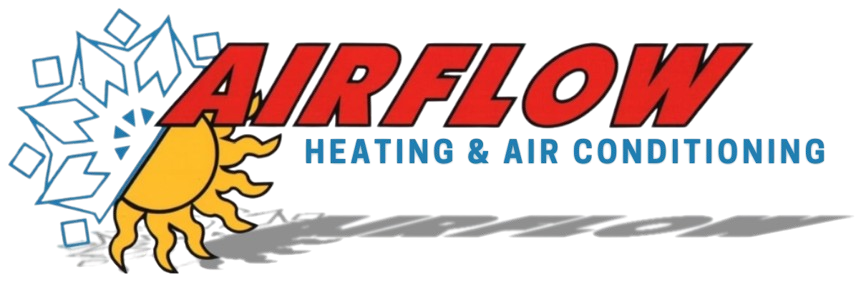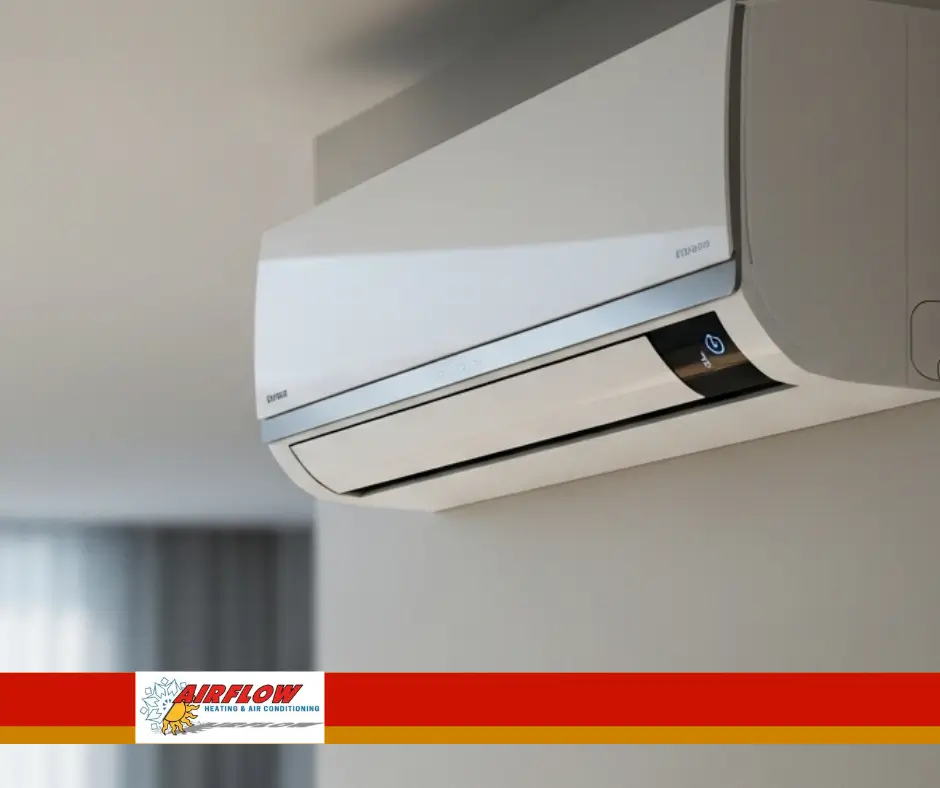Keeping your air conditioner in top shape isn’t just about staying cool—it’s about protecting your investment, lowering your energy bills, and avoiding unexpected breakdowns. Proper air conditioning maintenance is essential for optimal performance, especially during peak summer months when your system works the hardest.
Whether you’re a homeowner or manage a commercial property, these simple, proactive steps can make a big difference in your comfort and your wallet.
1. Change or Clean Your Air Filters Regularly
One of the easiest and most important air conditioning maintenance tips is to replace or clean your air filters. A clogged filter restricts airflow, reduces efficiency, and can lead to poor indoor air quality. Most systems require filter replacement every 30 to 90 days, depending on usage and household conditions (like pets or allergies).
Using high-efficiency filters can also help trap more dust, pollen, and airborne contaminants, enhancing both air quality and system performance.
2. Schedule Professional AC Tune-Ups Annually
AC system benefits from regular checkups. An annual AC tune-up by a certified HVAC technician includes:
- Checking refrigerant levels
- Cleaning condenser coils and evaporators
- Testing thermostat accuracy
- Inspecting electrical connections
- Lubricating moving parts
This preventative maintenance ensures everything is operating at peak performance and can catch minor issues before they turn into expensive repairs.
3. Keep the Outdoor Unit Clean and Clear
Your condenser unit needs space to “breathe.” Overgrown plants, debris, and leaves can block airflow and cause the system to overheat. As part of your regular HVAC maintenance routine:
- Trim back vegetation at least 2 feet around the unit
- Remove leaves and grass clippings from the top and sides
- Ensure the unit is level and stable
Keeping this area clear improves efficiency and prevents unnecessary wear and tear.
4. Check and Seal Air Ducts
Leaky ductwork can reduce your AC’s efficiency by up to 30%. That means your system works harder and you pay more. Inspect your ductwork for loose connections, holes, or insulation gaps. You can also hire an HVAC pro for a complete duct inspection and sealing.
Well-sealed ducts contribute to better airflow and more balanced temperatures throughout your home.
5. Inspect and Clean the Condensate Drain Line
Over time, your AC’s drain line can become clogged with algae or debris. This can lead to water leaks, mold growth, or even system failure. To prevent this, flush the line with a mixture of water and vinegar every few months or during seasonal AC system maintenance.
Most HVAC professionals will also check the drain during an annual service visit.
6. Optimize Thermostat Settings
Smart thermostat use goes hand-in-hand with effective air conditioning maintenance. Setting your thermostat a few degrees higher when you’re away from home saves energy and reduces stress on the system.
For even better efficiency, consider installing a programmable or smart thermostat that adjusts automatically based on your schedule and comfort needs.
7. Monitor System Performance Year-Round
Even after a seasonal tune-up, it’s smart to keep an eye on how your system behaves. Unusual sounds, inconsistent temperatures, or rising utility bills could be early signs of trouble. Prompt attention helps avoid bigger issues down the road.
Record issues and share them with your technician during the next AC maintenance service.
Final Thoughts: Consistency Is Key
Consistent air conditioning maintenance is the best way to ensure your system runs efficiently and reliably throughout its life. From simple DIY tasks like filter changes to professional tune-ups and inspections, each action plays a role in preserving performance, comfort, and energy savings.
If it’s been more than a year since your last checkup, consider scheduling a service with a certified HVAC technician. A well-maintained AC unit doesn’t just work better—it lasts longer and costs less to run.
READ MORE:





